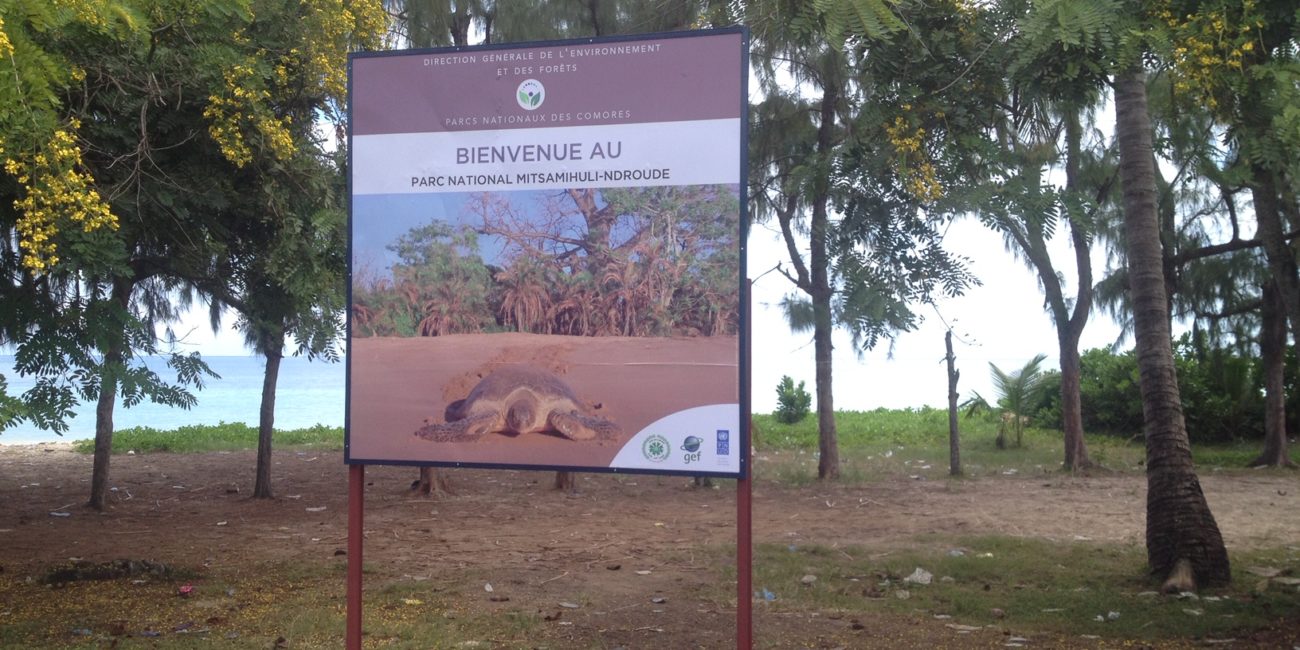Terminal evaluation of the “Protected Area Buffer Zone Management in Burkina Faso” project (Burkina Faso)
This evaluation was done within the framework of the development of Thematic Learning Review of UNDP-GEF Ecosystems and Biodiversity (EDB) Team’s Portfolio of projects on Protected Areas. The Thematic Learning Review focused on a collection of approximately 120 GEF-financed protected area projects under the GEF-3, -4 and -5 funding cycles. The Thematic Learning Review was based on a review framework developed and agreed to at the beginning of the assignment. The report included an in-depth exploration of themes that advance understanding of solutions that have worked or not worked within the UNDP-GEF EBD protected areas portfolio of projects, so as to improve the design and implementation of ongoing and/or future projects.
This project aimed at removing systemic and site level barriers to a more effective PA system. It aims at incorporating protected as a key tool for biodiversity conservation into Burkina Faso’s decentralization process through the operationalisation of community managed protected areas. In terms of geographic focus, the project will target a series of existing PAs in the plains of the Upper Mouhoum river, one of the them being a national park (Deux Balés). The exact choice of sites will be confirmed during the PPG phase. The focus on PAs along plains of the Upper Mouhoum and Grand Balâ® rivers represents an opportunity to build on several UNDP interventions, including in rural development and decentralisation, in the Boucle du Mouhoum region. The project will count on an appropriate set of indicators, including ecological ones, for its monitoring and evaluation and will focus on three major components (UNDP Outcomes), as follows:
- Outcome 1. Governance framework for the incorporation of conservation into Burkina Faso’s decentralisation process. Burkina Faso will count on an improved legal and policy framework for ensuring that biodiversity safeguards are adequately taken into account in the decentralisation process, in particular with respect to models of community managed PAs. Rules, roles and responsibilities for these models will be better defined for the purpose. The project will equally promote the incorporation of communities management of PAs into regional and local development planning frameworks. Finally, the project will demonstrate on a pilot basis how the issue of decentralising financial and human resources can successfully support the devolution process with respect to PA management by communities.
- Outcome 2. The effective management of Community PAs is demonstrated on pilot sites (Upper Mouhoum river plains). The project will work in the buffer zone of selected sites in close collaboration with local governments and neighbouring communities with the aim of reducing pressure on PA resources. Management intervention for these PAs will be intensified: e.g. through demarcation, recuperation of infrastructures, allocation of staff, equipment and the introduction of PA monitoring systems. These actions will be designed with a view to sustaining results after the project’s end. Under a devolved management modality where communities will have a stake in the sustainability of these PAs, land use and tenure rights will be adequately articulated with a view to harmonising resource use with conservation. PA management plans will be prepared, initiated by and with the full involvement of communities using adequate consultation mechanisms. The first experiences with implementing management plans are expected to bear fruit still during the lifetime of the project. Management plan implementation is however expected to be sustained beyond the lifetime of the project. Finally, community members will be capacitated and sustainable income generating activities will be tested in pilot sites with a view to fostering alternatives to resource degrading livelihoods and creating incentives for good PA stewardship.
- Outcome 3. Lessons learned compiled, best practices established and experiences diffused. With a view to maximising the project’s impacts and its demonstration value, this component will invest in promoting a national inter-community network of locally managed PAs, reaching out to several communities that will not necessarily be targeted by site-level interventions. Lessons will be shared and learned on how best to achieve results and replicate best practices across the country. For supporting these activities, the project will also ensure the elaboration and dissemination of tools and knowledge products. Targeting a wide range of groups within and outside the project, the project will make use of innovative and creative forms of communication to achieve its goals under this outcome.
In accordance with UNDP and GEF M&E policies and procedures, all full and medium-sized UNDP support GEF financed projects are required to undergo a terminal evaluation (TE) upon completion of implementation. The TE is conducted according to the guidance, rules and procedures established by UNDP and GEF as reflected in the UNDP Evaluation Guidance for GEF Financed Projects. The objectives of the evaluation are to assess the achievement of project results, and to draw lessons that can both improve the sustainability of benefits from this project, and aid in the overall enhancement of UNDP programming.
Client:
United Nations Development Programme (UNDP)
Date:
2018
Region:
Africa
